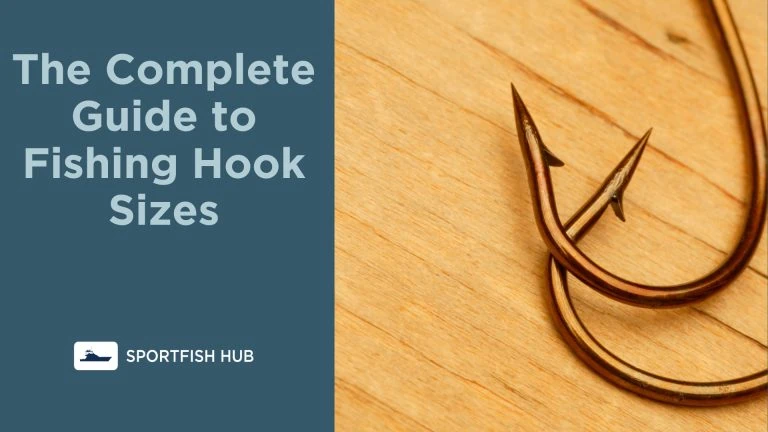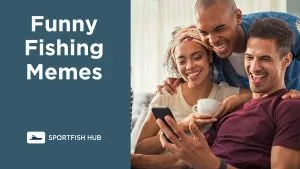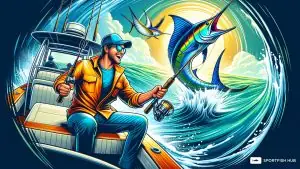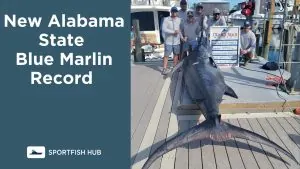Fishing hooks are a vital piece of equipment for any angler. Choosing the right hook size is crucial for effectively catching fish. This guide covers everything you need to know about fishing hook sizes for freshwater and saltwater fishing.
Hook Size Chart
This comprehensive chart displays common hook sizes and their measurements in both metric and imperial units:
| Hook Size | Length (mm) | Gap (mm) | Length (inches) | Gap (inches) |
|---|---|---|---|---|
| #32 | 9 mm | 3 mm | 0.35′′ | 0.12′′ |
| #12 | 9 mm | 3 mm | 0.35′′ | 0.12′′ |
| #11 | 10 mm | 4 mm | 0.39′′ | 0.16′′ |
| #10 | 11 mm | 5 mm | 0.43′′ | 0.20′′ |
| #9 | 12 mm | 6 mm | 0.47′′ | 0.24′′ |
| #8 | 13 mm | 7 mm | 0.51′′ | 0.28′′ |
| #7 | 14 mm | 8 mm | 0.55′′ | 0.31′′ |
| #6 | 15 mm | 9 mm | 0.59′′ | 0.35′′ |
| #5 | 16 mm | 11 mm | 0.63′′ | 0.43′′ |
| #4 | 17 mm | 12 mm | 0.67′′ | 0.47′′ |
| #3 | 20 mm | 13 mm | 0.79′′ | 0.51′′ |
| #2 | 22 mm | 14 mm | 0.87′′ | 0.55′′ |
| #1 | 25 mm | 15 mm | 0.98′′ | 0.59′′ |
| 1/0 | 34 mm | 16 mm | 1.34′′ | 0.63′′ |
| 2/0 | 39 mm | 17 mm | 1.54′′ | 0.67′′ |
| 3/0 | 42 mm | 18 mm | 1.65′′ | 0.71′′ |
| 4/0 | 47 mm | 19 mm | 1.85′′ | 0.75′′ |
| 5/0 | 52 mm | 21 mm | 2.05′′ | 0.83′′ |
| 6/0 | 59 mm | 23 mm | 2.32′′ | 0.91′′ |
| 7/0 | 65 mm | 25 mm | 2.56′′ | 0.98′′ |
| 8/0 | 72 mm | 28 mm | 2.83′′ | 1.10′′ |
| 9/0 | 78 mm | 31 mm | 3.07′′ | 1.22′′ |
| 10/0 | 90 mm | 37 mm | 3.54′′ | 1.46′′ |
How Fishing Hooks are Sized
Fishing hooks use a numerical sizing system to indicate size. The numbers do not always correlate directly with measurements.
- Hooks sized #1 – #32: Higher number = smaller hook
- Hooks sized 1/0 – 19/0: Higher number = larger hook
Hook size is based on either the gap width or overall length. Length ranges from 9mm (#12 hooks) up to 90mm (10/0 hooks).
Key Parts of a Fishing Hook
- Eye – Connects the hook to the line
- Shank – Length from eye to bend
- Point – Sharp end that penetrates the fish’s mouth
- Barb – Prevents hook from slipping out
- Gap – Distance between shank and point
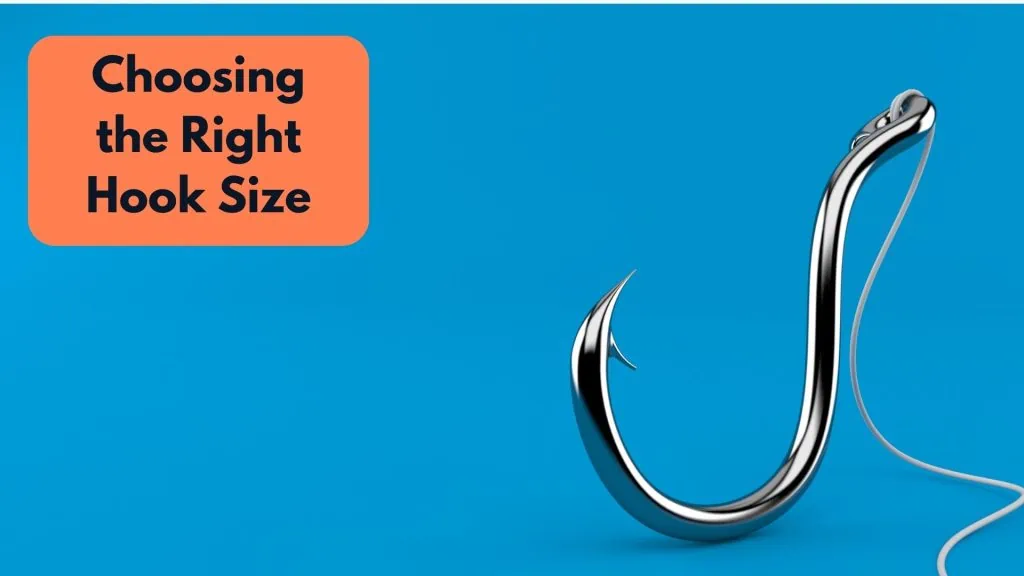
Choosing the Right Hook Size
Matching hook size to bait, fish species, and fishing method is key for an effective set up.
By Bait
- Large bait – Use larger hooks that can penetrate bait effectively. Large baits like chunks of cut fish or squid require a bigger hook to stay secured.
- Small bait – Use smaller hooks to allow natural movement. Baits like worms, grubs, and small minnows match well with diminutive hooks.
- Live bait – Smaller hooks minimize injury and allow movement. Live baits need room to swim naturally, so avoid hooks that are too big.
- Dead bait – Larger hooks can handle tougher baits. Cut baits and strips of bait fish hold up better on sturdier large hooks.
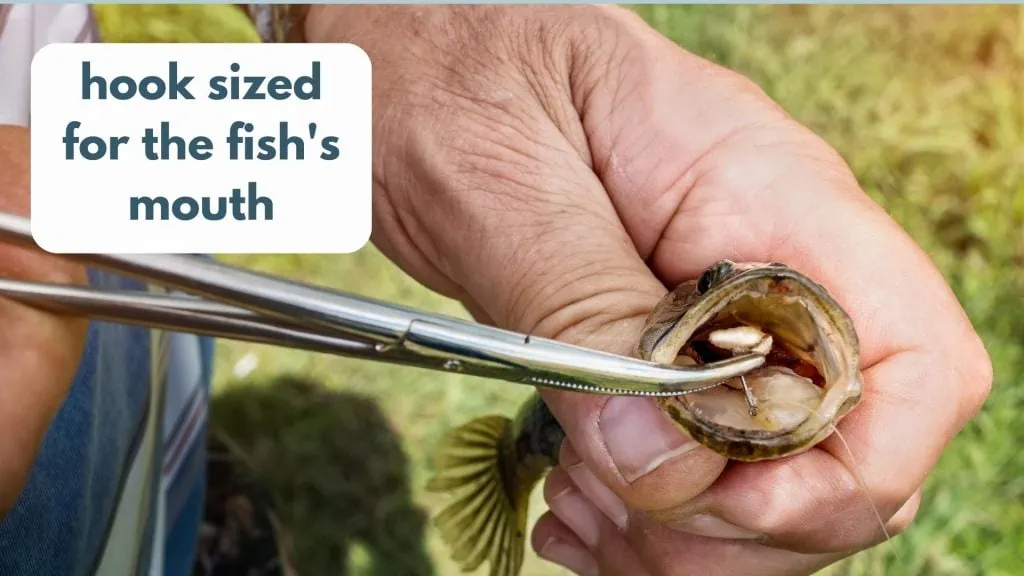
By Fish Species
Use a hook sized for the fish’s mouth. Larger fish need bigger hooks to handle their strength.
Freshwater
- Panfish – #10-8; small hooks for bluegill, crappie, yellow perch
- Bass – #2-2/0; match hook to baitfish size
- Trout – #12-6; tiny hooks for flies and baits
- Catfish – #2/0-8/0; big hooks for large cut bait
Saltwater
- Snapper – #2-2/0; live bait hooks under 2/0
- Grouper – #2/0-4/0; thick hooks hold up to pressure
- Tuna – #2/0-10/0; vary hooks based on tuna size
By Fishing Method
- Live bait fishing – Smaller hooks (under 1/0) allow bait to swim
- Chunk bait fishing – Larger hooks (4/0 and up) handle cut bait well
- Fly fishing – Tiny hooks like #18-22 match the fly size
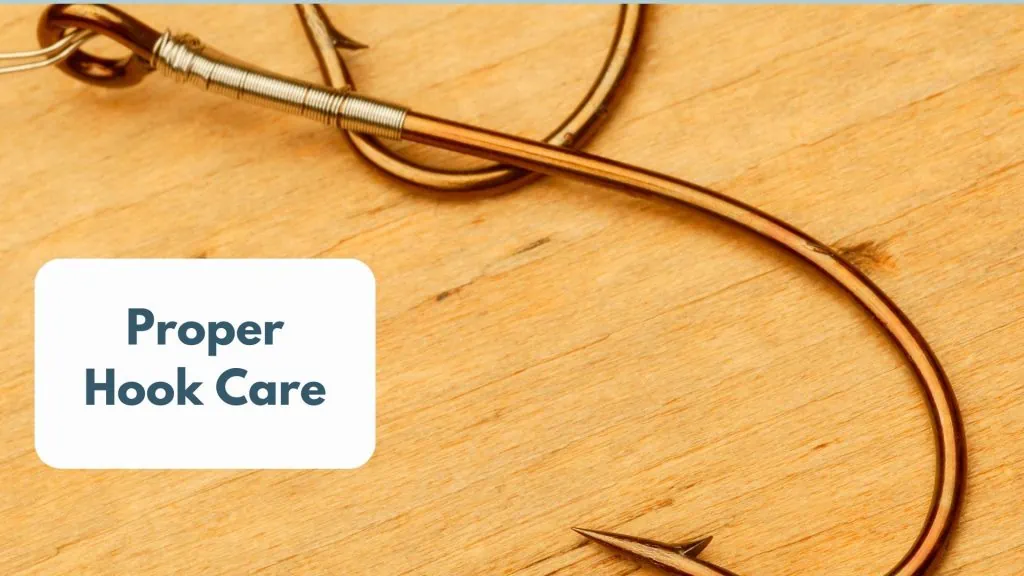
Proper Hook Care
- Rinse hooks in freshwater after use to prevent corrosion
- Store hooks on safety pins by size to stay organized
- Sharpen hooks regularly with a file to keep points sharp
- Replace dull hooks – use thumbnail test to check sharpness
- Dispose of damaged hooks responsibly by recycling or cutting points
Key Takeaways
- Match hook size to bait, fish species, and method
- Higher number = smaller for #1-32 hooks
- Higher number = larger for 1/0 to 19/0 hooks
- Take care of hooks by sharpening and rinsing
- Use the right size for ethical catch and release

